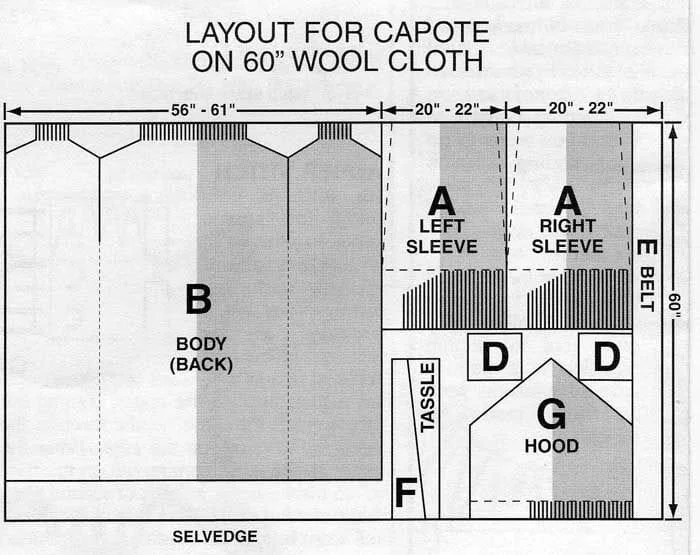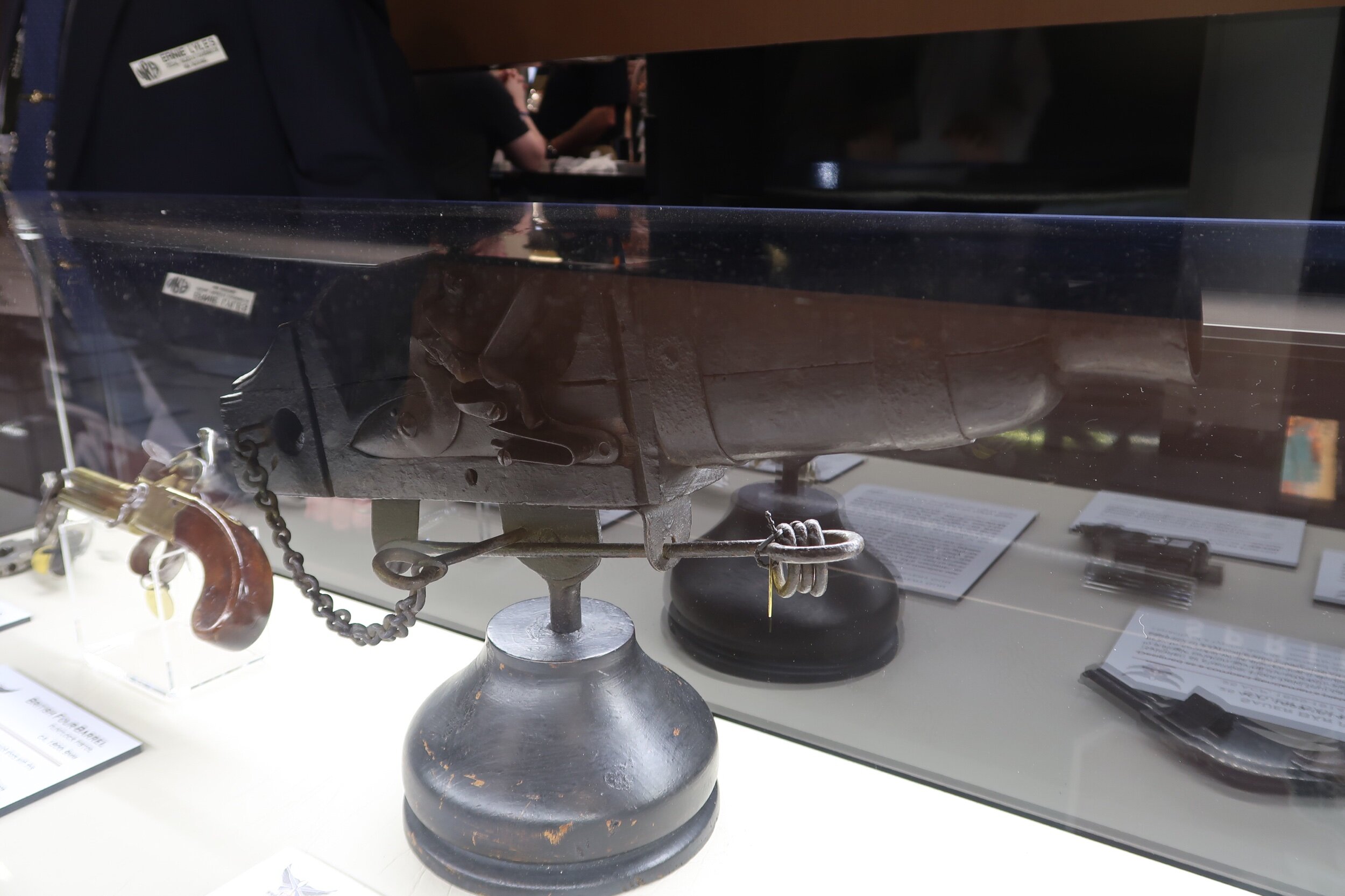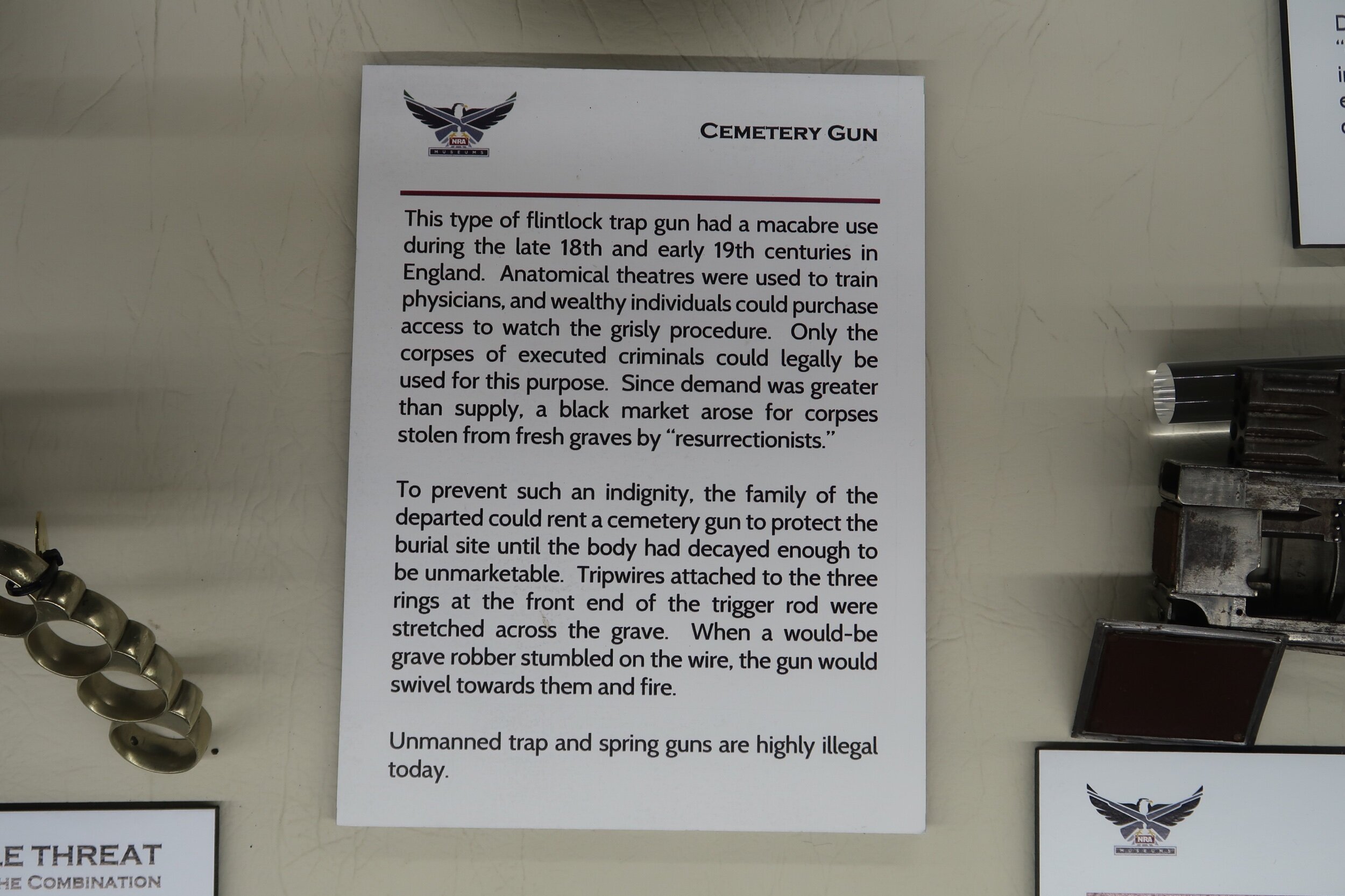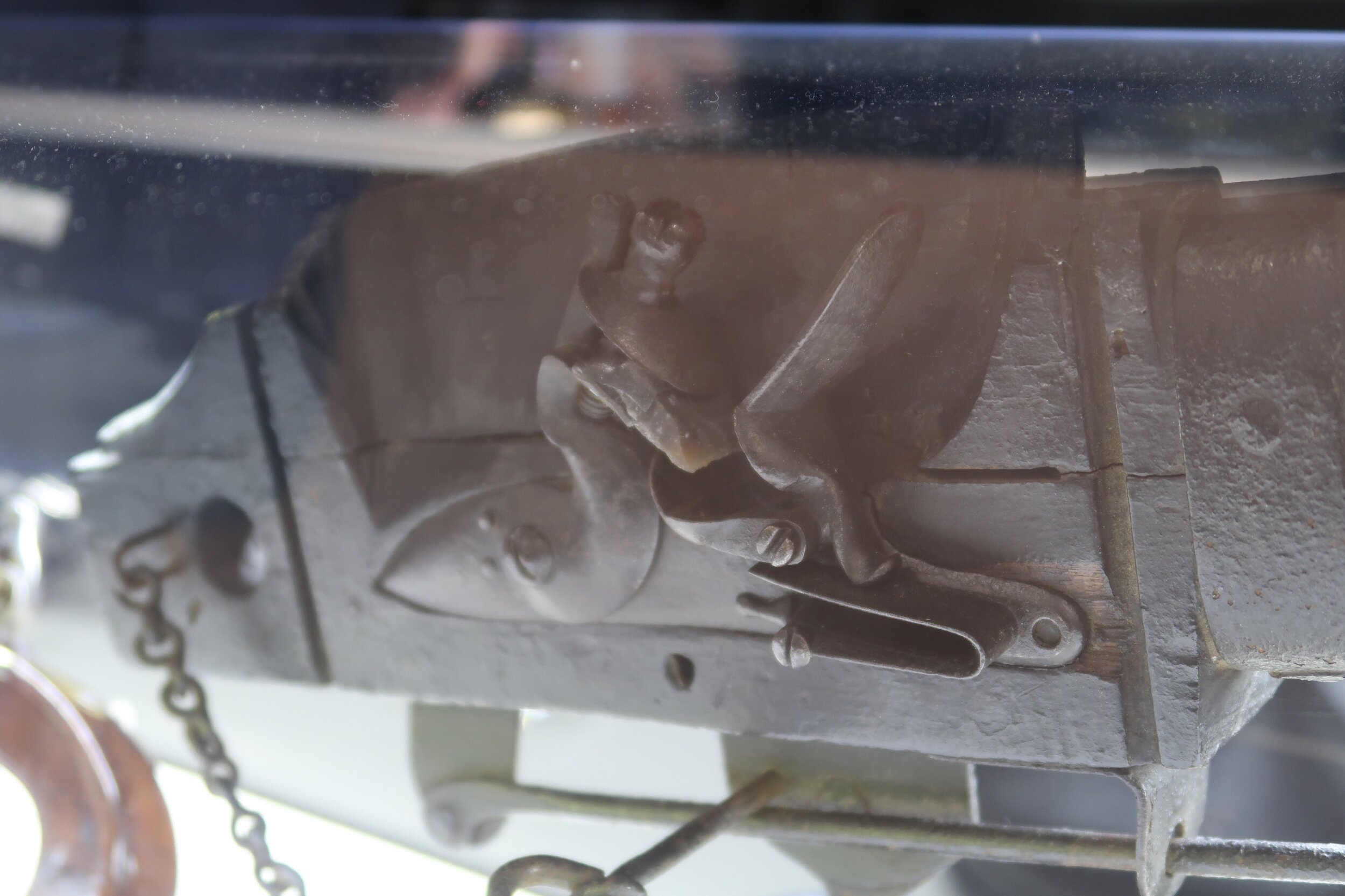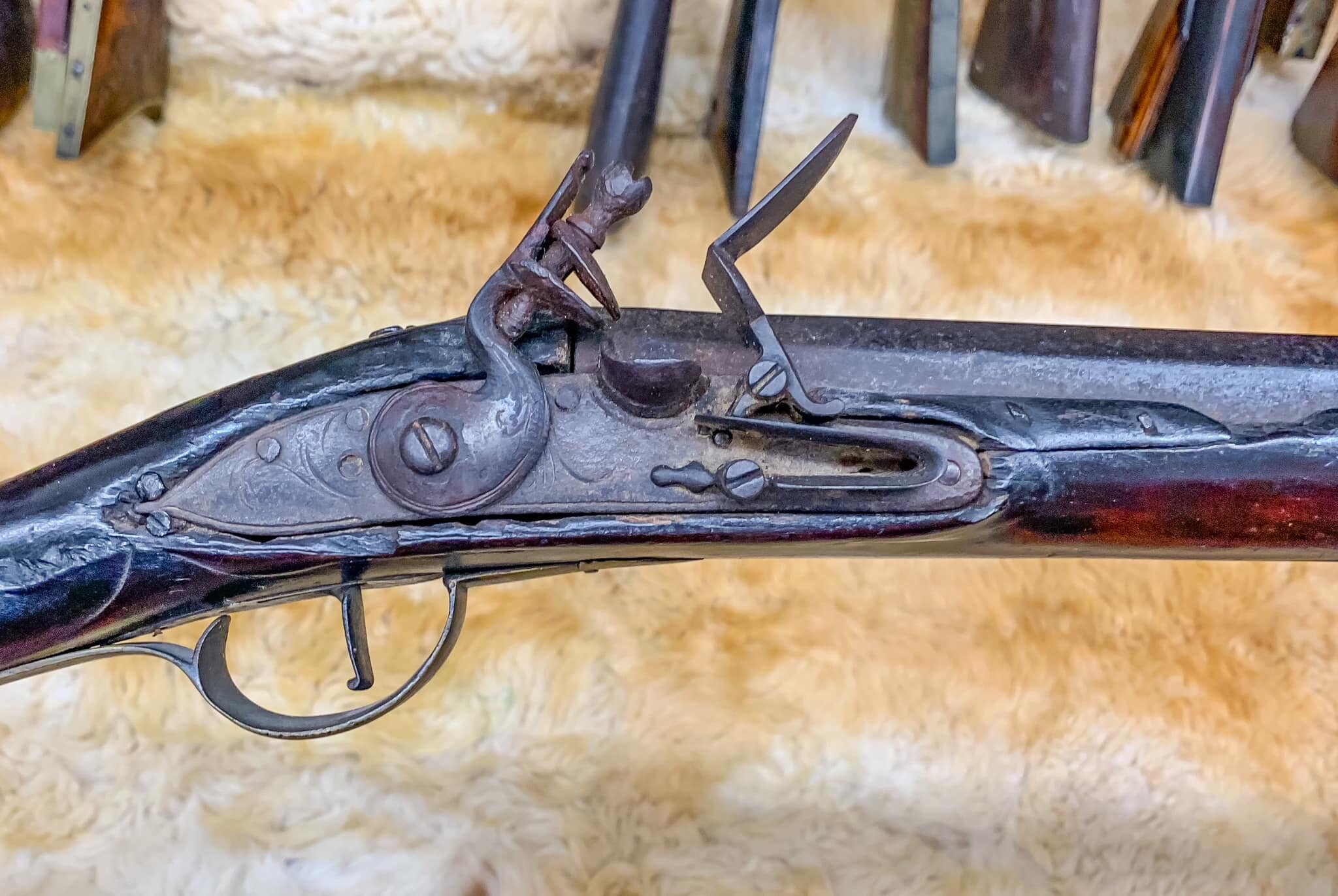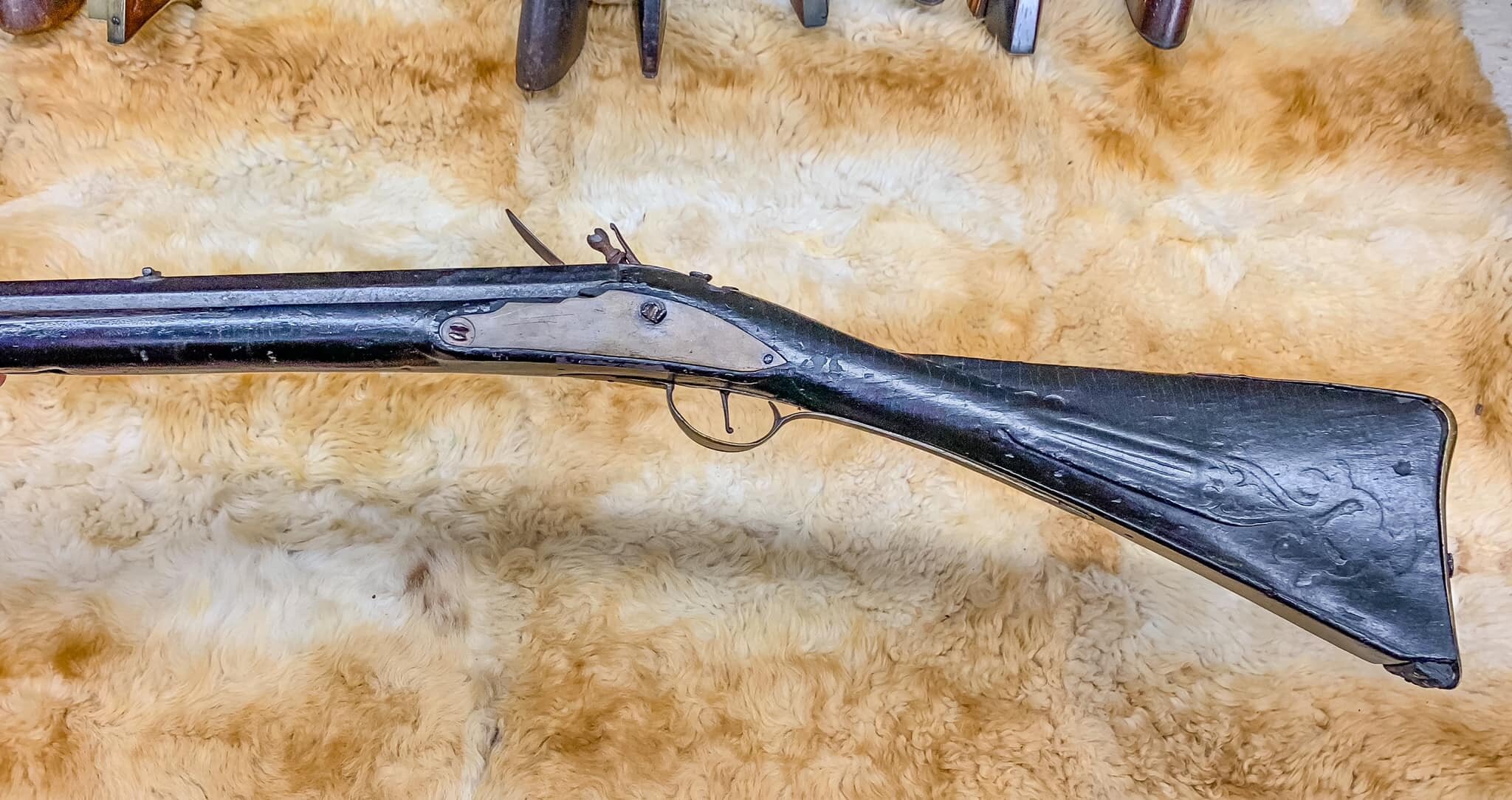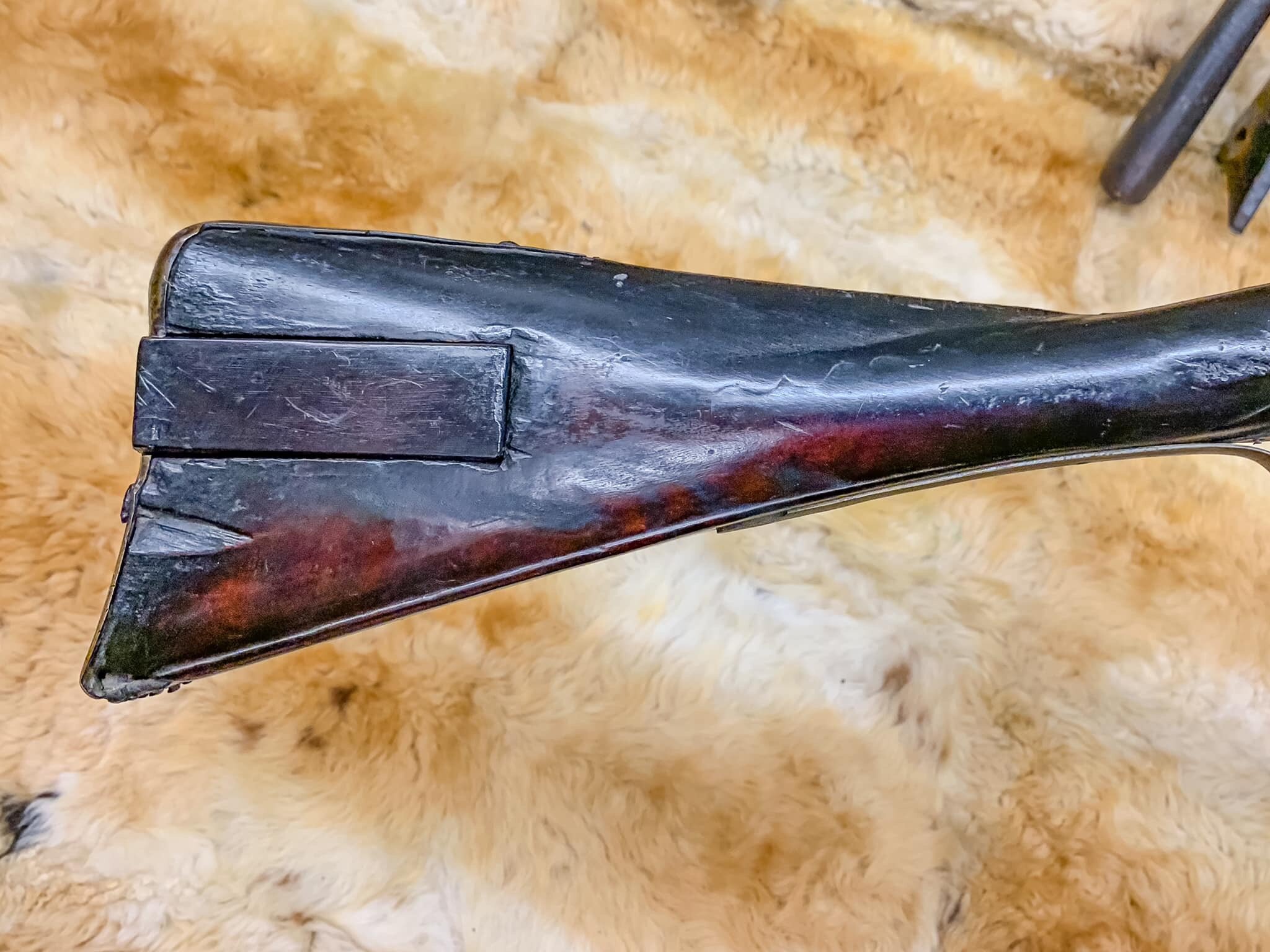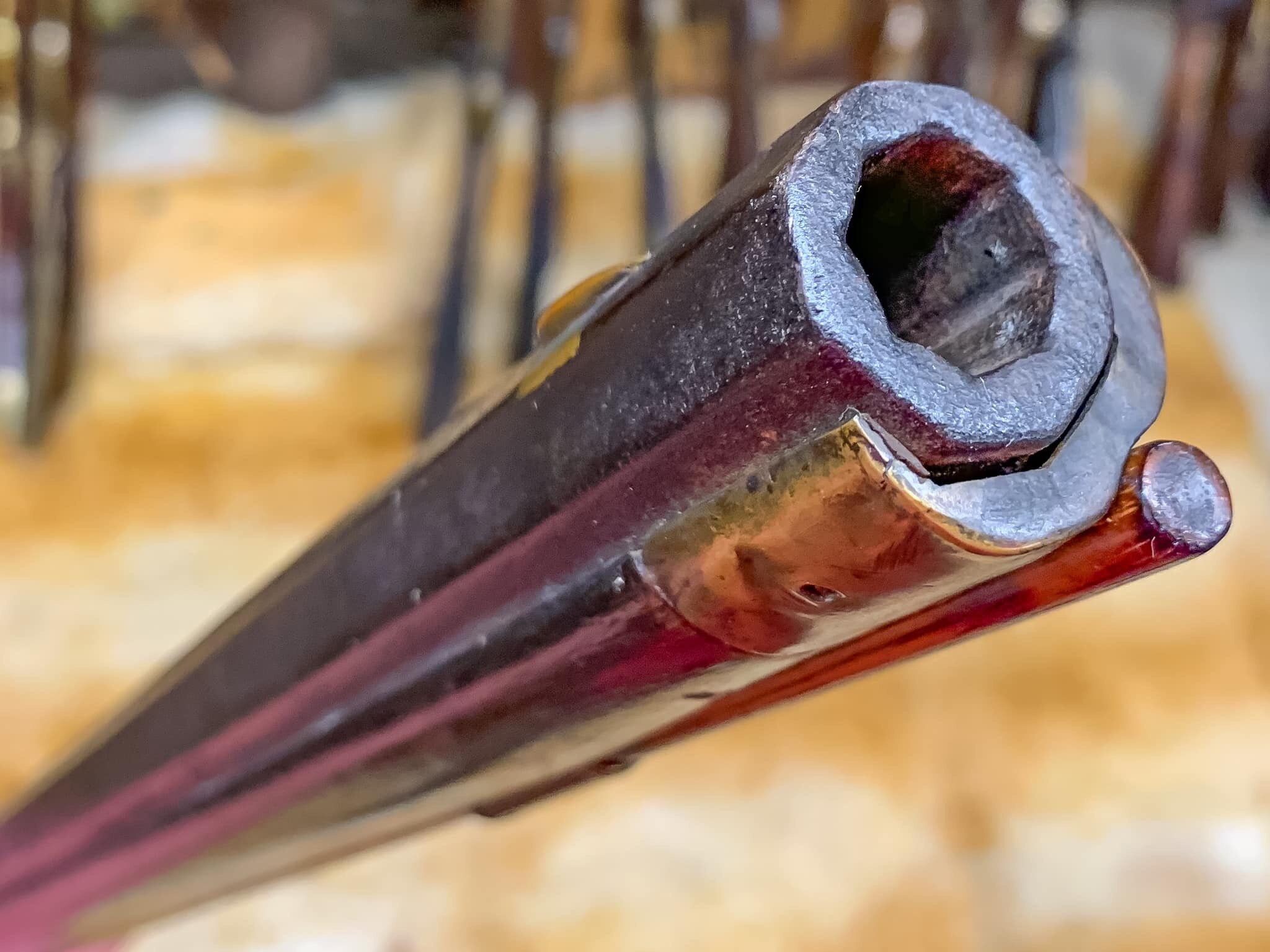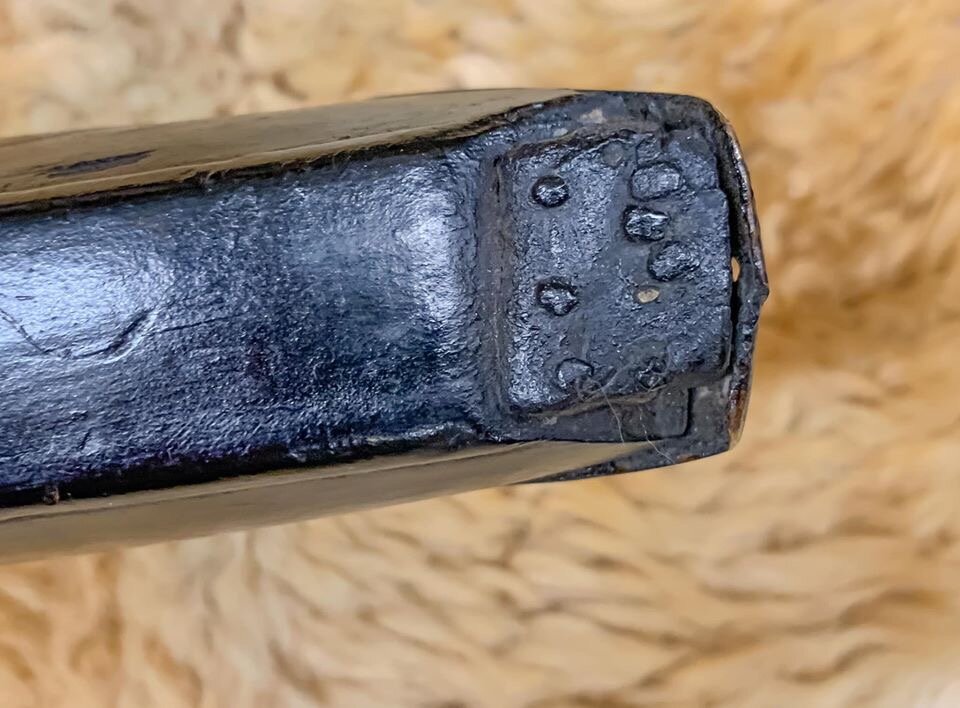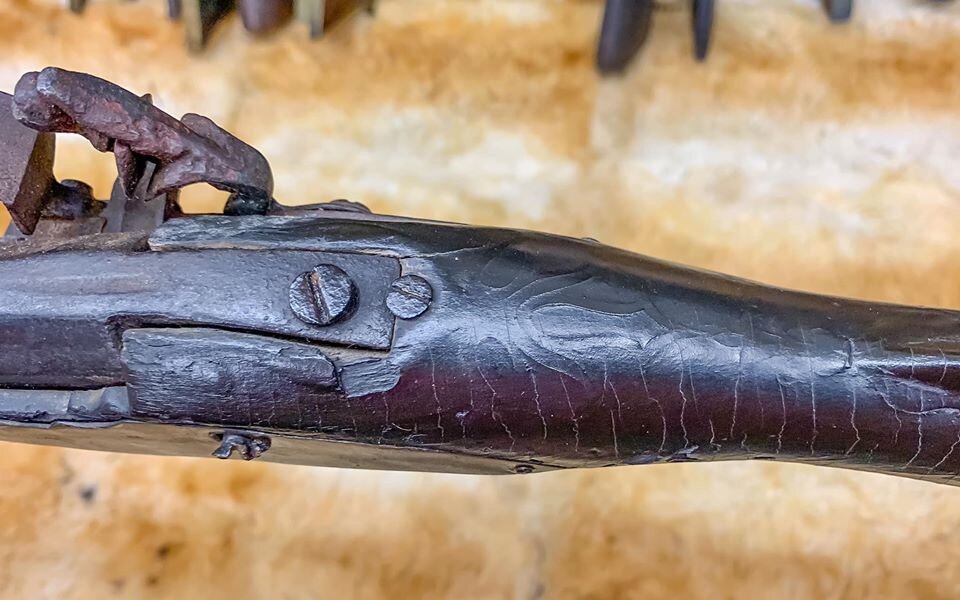From the Kalamazoo Living History Show Website
IMPORTANT SHOW ANNOUNCEMENT
All, On the evening of March 11 the State of Michigan issued community mitigation strategies recommended for the control of the spread of coronavirus. Among those recommendations was that all events, conventions, and meetings over 100 people should be cancelled due to the coronavirus. Here is the official statement about events from the state's website https://www.michigan.gov/Coronavirus
"Cancel or postpone large gatherings, conferences and sporting events (e.g. events with over 100 people)."
In order to comply with these recommendations by the State of Michigan, we are cancelling the show this year. While we wish this wasn’t necessary, the show must comply in order to meet state expectations and to insure our vendors and visitors are safe. We will be in touch with our vendors shortly. We want to thank everyone for their support of the show during the fluidity of this situation
The NMLRA will be working with Kalamazoo Living History Show Staff to promote their exhibitors, vendors, and craftspeople to our online audience. We ask that you consider shopping from these vendors online to help support them during this rough time.
Thank you.





